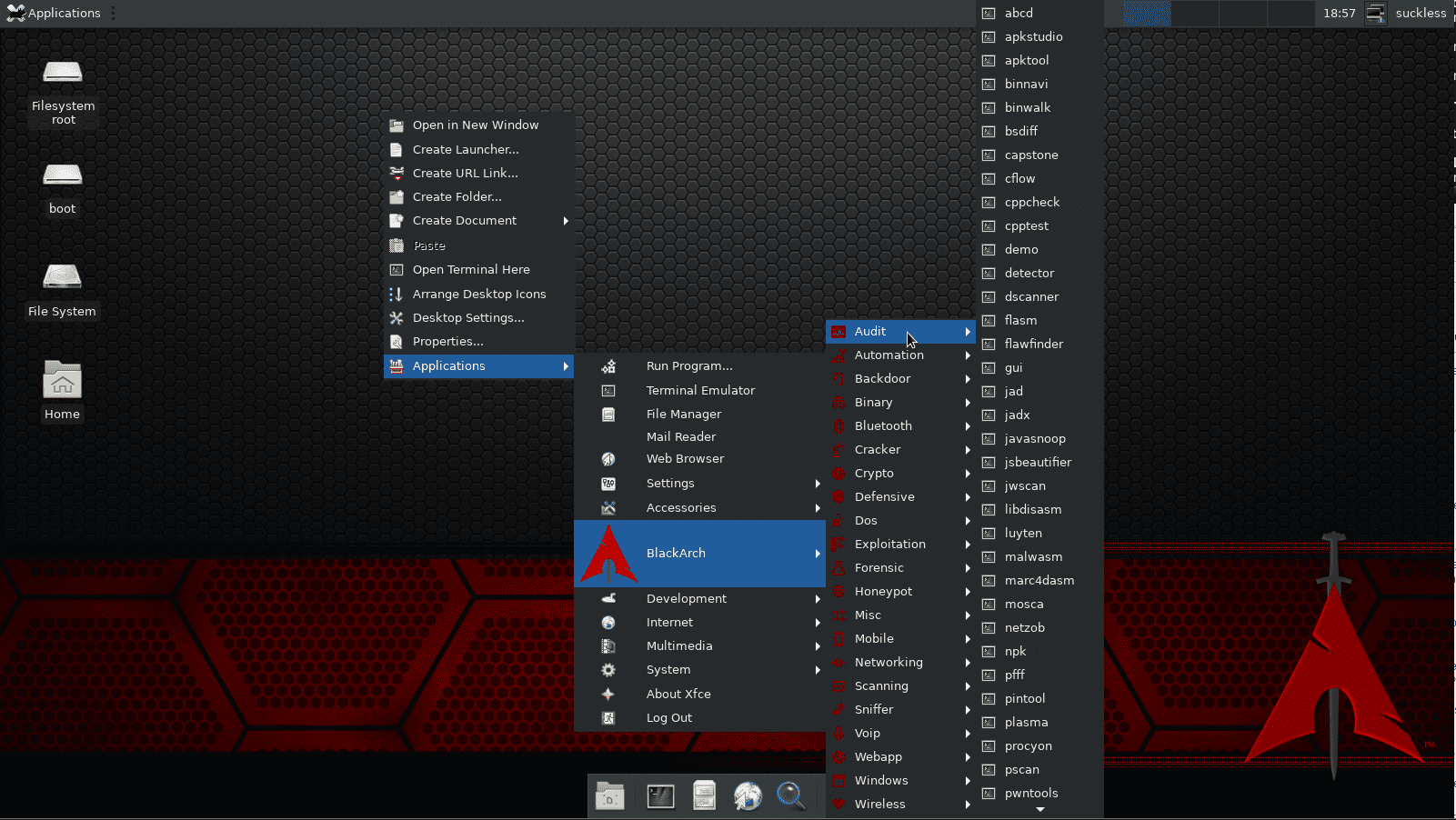

smart plugins: Update is built on base, so any "smart" plugin from the Base ecosystem can be used.streams: full support for gulp and assemble plugins.vinyl: files and templates are vinyl files.data: gather data from the user's environment to populate "hints" in user prompts or for rendering templates.any engine: use any template engine to render templates, including handlebars, lodash, swig and pug, or anything supported by consolidate.Answers to prompts can be used as context for rendering templates, for settings options, determining file names, directory structure, and anything else that requires user feedback.

prompts: It's easy to create custom prompts.render templates: use templates to create new files, or replace existing files.
#UPDATE GITHUB DESKTOP GENERATOR#
Just use the generator the same way you would use an updater.

If your updater needs to create new files, there might be a generator for that.

update files that are typically excluded from build cycles, and are often forgotten about after they're created.convert a config file to a different format (json to yaml, yaml to json, etc).instantly update an old or inherited project to your latest personal preferences (convert tabs to spaces, convert from jshint to eslint or the other way around, or any other detail).enforce conventions across all of your projects.create continuity and consistency across projects.
#UPDATE GITHUB DESKTOP INSTALL#
You can create your own updaters using Update's API, or install updaters using npm, to do things like: All updating is accomplished using plugins called updaters, which are run by command line or API, and can be installed globally, locally, or created in a local updatefile.js.


 0 kommentar(er)
0 kommentar(er)
